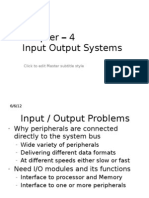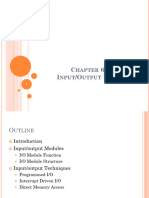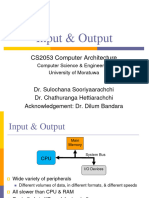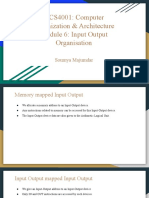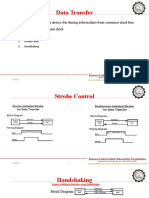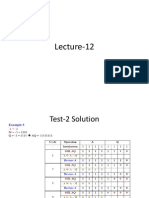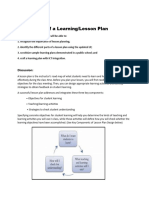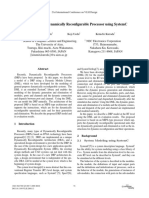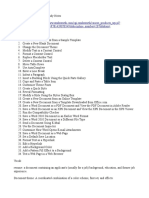0% found this document useful (0 votes)
13 views29 pages05 Input Output
Uploaded by
soumya.bokareCopyright
© © All Rights Reserved
We take content rights seriously. If you suspect this is your content, claim it here.
Available Formats
Download as PDF, TXT or read online on Scribd
0% found this document useful (0 votes)
13 views29 pages05 Input Output
Uploaded by
soumya.bokareCopyright
© © All Rights Reserved
We take content rights seriously. If you suspect this is your content, claim it here.
Available Formats
Download as PDF, TXT or read online on Scribd
/ 29









